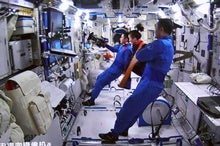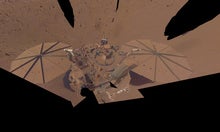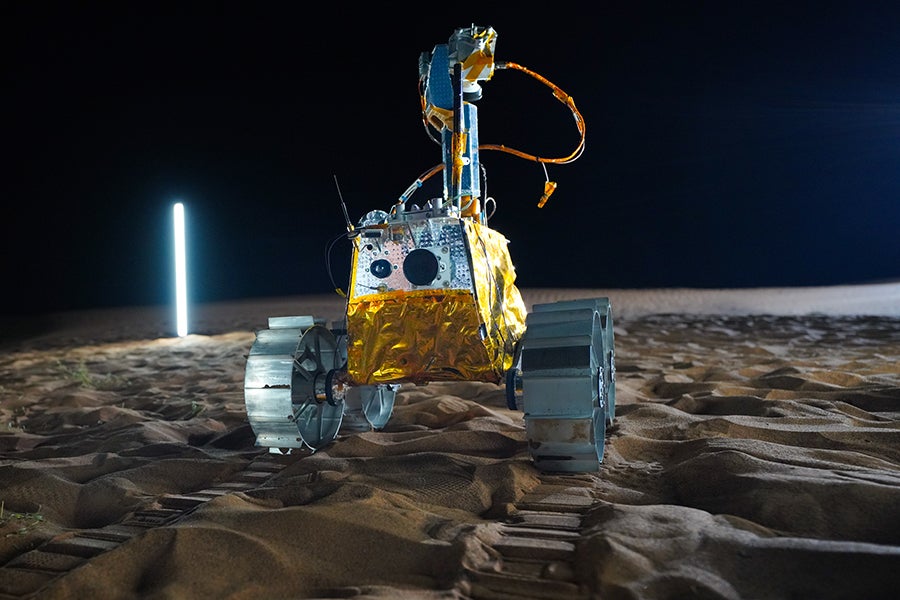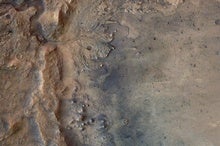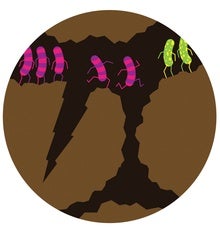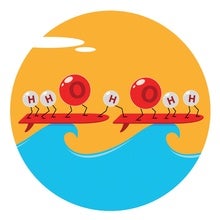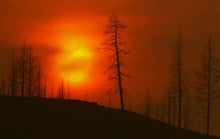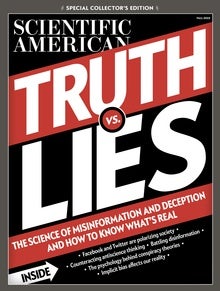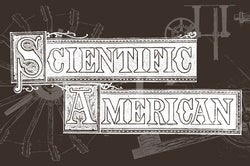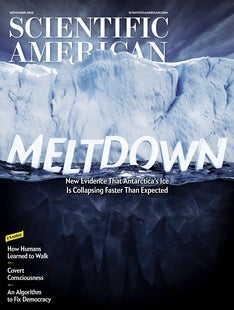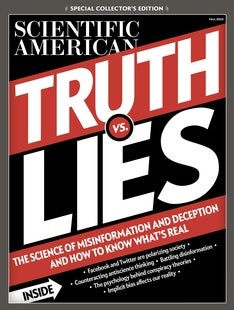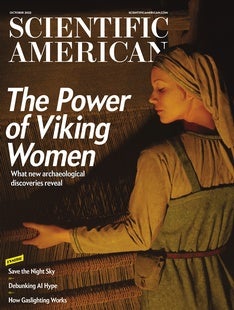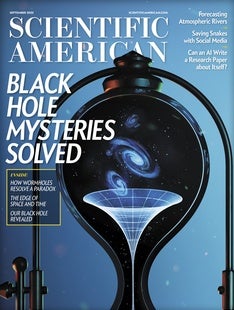 |
| November 03, 2022 |
Dear Reader,
This week, we're wondering what comes next for the Hubble Space Telescope. Our lead story examines a recent proposal for a private mission to rendezvous with the aging observatory in low-Earth orbit to give it a new lease on life. Hubble's orbit is slowly decaying, and NASA has projected a 50 percent chance the telescope will burn up in Earth's atmosphere in 2037 without intervention to raise its altitude. But visiting Hubble to save it carries risks as well, and the observatory could be laid low by hardware failures long before a fiery atmospheric re-entry occurs. Is a rescue mission to Hubble worth the risk? Elsewhere, we have stories on powerful Marsquakes, China's nearly-complete space station, the science at stake in the upcoming U.S. midterm elections, and more. Enjoy! |
| |
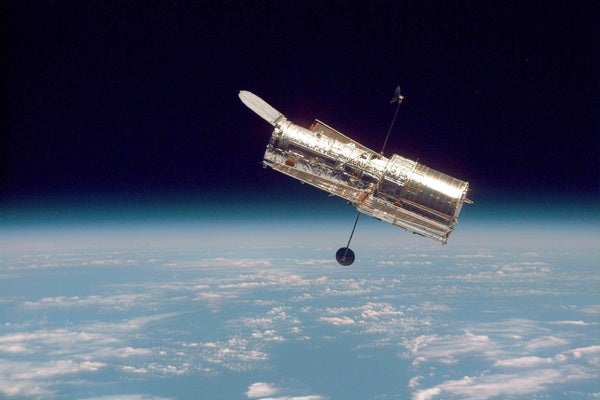 |
| |
| |
| |
| |
| |
| |
| |
| |
| |
FROM THE STORE
 | | | |
| |
FROM THE ARCHIVE
 | | Hubble's Repairman Reflects on the Telescope's Legacy Twenty-five years ago, on April 24, 1990, the Hubble Space Telescope soared into orbit. Since then, its great discoveries have been legion, and the story of how it became the most successful and productive astronomical observatory in human history is destined to become legendary By Lee Billings | April 24, 2015 | | |
LATEST ISSUES
 |
| |
| Questions? Comments?  | |
| Download the Scientific American App |
| |
| |




